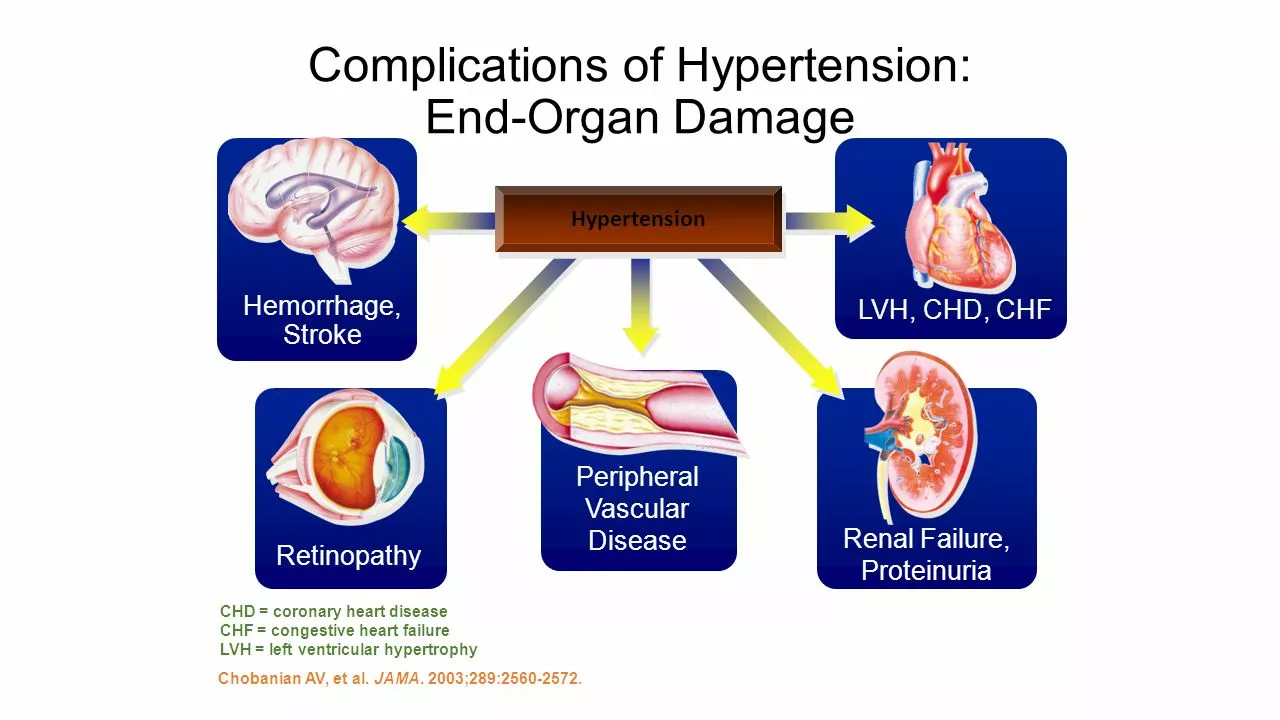Azilsartan — what it does and how to use it safely
Azilsartan (often listed as azilsartan medoxomil) is an ARB — angiotensin II receptor blocker — used to lower high blood pressure. It relaxes blood vessels, which helps the heart pump blood easier and lowers the risk of stroke or heart problems when used correctly.
Dosage & how to take azilsartan
The common starting dose is 40 mg once daily. Doctors may raise the dose to 80 mg if more blood pressure control is needed. Take it the same time every day, with or without food. If you have kidney problems, liver disease, or are older, your doctor may choose a lower dose or monitor you more often.
If you miss a dose, take it as soon as you remember unless it’s almost time for the next dose. Don’t double up to make up for a missed pill. Stopping suddenly can change your blood pressure control, so check with your prescriber before stopping.
Side effects, interactions and what to watch for
Common side effects are dizziness, tiredness, and sometimes nausea. Because azilsartan can raise potassium levels and affect kidney function, your doctor usually checks blood tests after starting or changing the dose — typically within 1–2 weeks.
Avoid combining azilsartan with:
- ACE inhibitors (double ARB/ACE use raises risk of kidney injury and high potassium).
- Potassium supplements or potassium-sparing diuretics (higher risk of hyperkalemia).
- NSAIDs like ibuprofen (may reduce blood pressure control and can harm kidneys).
- Lithium (can increase lithium levels).
Do not take azilsartan if you are pregnant or planning pregnancy. ARBs can harm the fetus. If you become pregnant, stop the drug and call your doctor right away.
Serious reactions are rare but need quick action. Call emergency services if you have swelling of the face, lips, tongue or throat, or trouble breathing. Also contact your doctor for sudden severe dizziness, fainting, or signs of kidney trouble (less urine, swelling, very tired).
Practical tips: measure your blood pressure at home so you can see how well the medicine works. Keep a list of all medicines and supplements — share it with your pharmacist or doctor to avoid interactions. If you feel unusually lightheaded when standing up, sit or lie down until it passes and check your blood pressure.
Buying and prescriptions: azilsartan is prescription-only. Use licensed pharmacies and avoid unverified online sellers. If a price seems too good to be true or a site asks for weird payment methods, don’t risk it — ask your pharmacist for safe alternatives or generics.
If you’re unsure whether azilsartan is right for you, talk to your doctor. They’ll weigh your heart, kidney, and pregnancy risks and suggest the best blood pressure plan.
How to Safely Combine Azilsartan with Lifestyle Changes for Hypertension Management
Managing hypertension can be a bit of a challenge, but with the right approach, it's definitely doable. I've discovered that combining the use of Azilsartan with certain lifestyle changes can make a huge difference. It's all about maintaining a healthy diet, regular physical activity, and minimizing stress. However, it's crucial to take Azilsartan under medical supervision as it can have side effects. Remember, consistency is key and it's about balancing medication with lifestyle adjustments in a safe manner.






